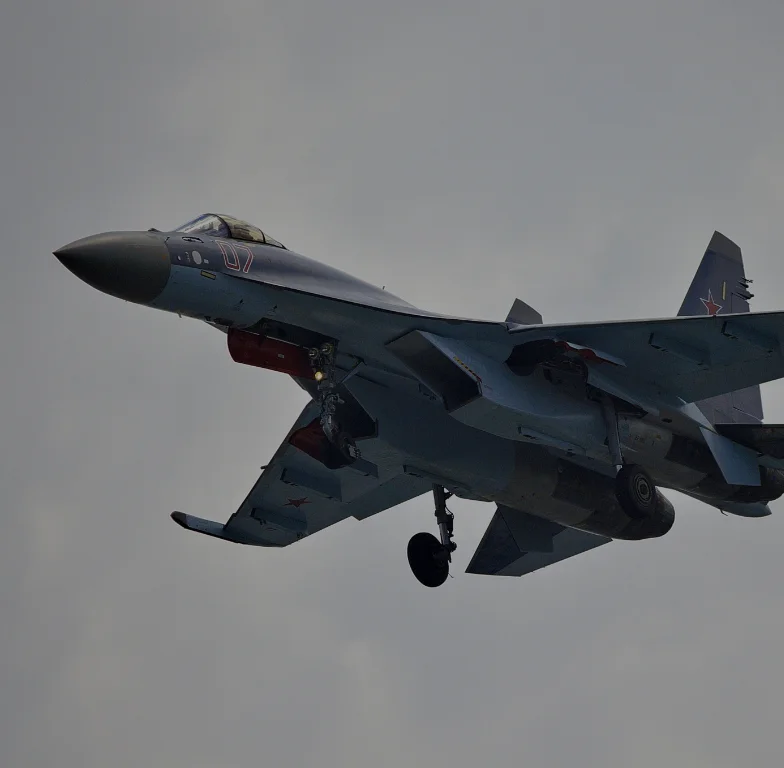The military aviation industry includes the design and manufacturing of combat and non-combat aircraft, such as transports, patrol aircraft, and reconnaissance UAVs. It also includes the many organizations and contractors that service these platforms, as well as those that develop the weapons, hardware, and software that make them function effectively.
Military aircraft date back to the American Civil War, which saw the use of manned observation balloons. But the military aviation industry truly began at scale during the first and second World Wars, which saw significant air combat in most theaters. During the Cold War era and beyond, the United States has maintained the strongest Air Force in the world.
Today, military aviation organizations are introducing new and innovative technologies that will significantly change the way militaries use and deploy their aircraft. The most widely known innovation is the mass deployment of UAVs, but government agencies and the commercial enterprises that support them are also introducing aircraft that operate with higher efficiency, run on alternative fuels, and incorporate new information technologies like artificial intelligence (AI)—the United States Air Force achieved the first military flight with an AI copilot in 2020.
Organizations and agencies involved in the design, production and servicing of military aircraft need an IT infrastructure that supports their endeavors. These include high-powered computing environments, virtual prototyping capabilities, communications infrastructures, and more.



